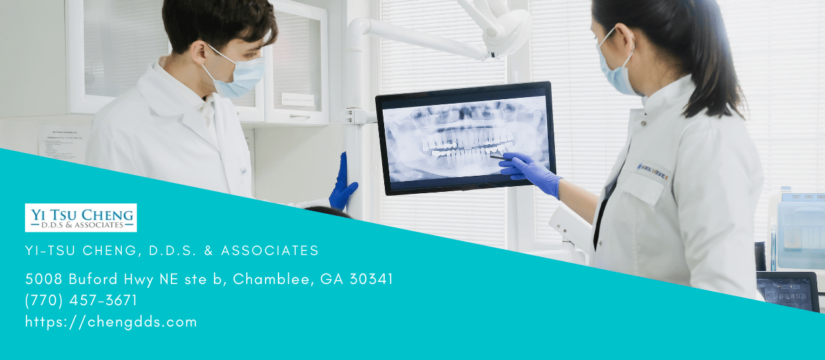
Pictures of a Recent Infected Tooth Extraction: Understanding the Process and Recovery
Are you worried about getting an infected tooth extraction and curious about the process and recovery? In this article, we will discuss everything you need to know about a recent infected tooth extraction, including the symptoms, causes, treatment, and recovery process. We will also share some useful FAQs to help you prepare for the procedure and stay on top of your oral health.
Symptoms of an Infected Tooth Extraction
An infected tooth can cause severe pain, swelling, and discomfort, making it difficult to eat and talk. These symptoms can worsen over time, leading to drainage, fever, and other complications. If you experience any of the following symptoms, it’s essential to seek professional treatment as soon as possible:
– Severe pain and sensitivity in the affected tooth
– Swollen gums and jaw
– Difficulty opening your mouth
– Aching or throbbing pain in your head, neck, or ear
– A bad taste or odor in your mouth
– Drainage or pus oozing from the site of the infected tooth
– Fever or chills
Causes of an Infected Tooth Extraction
An infected tooth can result from poor dental hygiene, tooth decay, gum disease, or trauma. If bacteria or debris get inside the tooth or gums, they can cause an infection that spreads to surrounding tissues and bone. A root canal may be necessary to save the tooth, or the tooth may need to be extracted if it is beyond repair. An infected tooth extraction can prevent the infection from spreading to other parts of your body, such as your heart or brain, which can be life-threatening.
Treatment for an Infected Tooth Extraction
The dentist will examine your tooth and take x-rays to determine the extent of the infection and recommend the appropriate treatment. If a root canal is the recommended course of action, your dentist will numb the area with local anesthesia and remove the damaged tissue, fill the canals, and seal the tooth. If the tooth extraction is chosen, the dentist will also numb the area and loosen the tooth with an instrument called an elevator. Once the tooth is removed, the dentist will apply pressure with gauze to stop the bleeding and may place sutures to close the wound.
Recovery from an Infected Tooth Extraction
After the procedure, you will need to rest at home for a few days and avoid strenuous activities. You will also need to follow your dentist’s instructions on pain management, smoking, drinking, and eating soft foods. You may experience some discomfort, swelling, and bleeding for the first few days after the procedure, which is normal. However, if you experience excessive bleeding, severe pain, or signs of infection such as fever or chills, contact your dentist immediately.
Frequently Asked Questions
Q: Is tooth extraction painful?
A: Although tooth extraction can cause some discomfort, it should not be painful if you receive the appropriate anesthesia and pain management. After the procedure, your dentist may prescribe pain medication or recommend over-the-counter pain relievers to manage any discomfort.
Q: How long does it take to heal after tooth extraction?
A: The recovery time after tooth extraction depends on several factors, including the location and complexity of the tooth, your overall health, and your aftercare. Most people take one to two weeks to fully recover, during which time they should rest, use ice packs, and avoid hard or crunchy foods.
Q: Can I eat after tooth extraction?
A: You should avoid eating solid foods for the first 24 hours after tooth extraction and focus on soft, cool foods such as yogurt, pudding, smoothies, and soup. After that, you can gradually add more solid foods as directed by your dentist.
Q: How can I prevent tooth infections?
A: You can prevent tooth infections by practicing good dental hygiene, such as brushing and flossing regularly, eating a healthy diet, staying hydrated, and visiting your dentist for regular cleanings and check-ups.
Conclusion
An infected tooth extraction can cause discomfort and pain, but with proper treatment and aftercare, you can recover quickly and get back to your daily routine. Be sure to follow your dentist’s recommendations on pain management, diet, and activity level, and contact them if you experience any unusual symptoms or complications. Remember, prevention is key to good oral health, so take care of your teeth and gums to avoid infections and other dental problems.
DISCLAIMER: The advice offered is intended to be informational only and generic. It does not offer a definitive diagnosis or specific treatment recommendations for your situation. Any advice provided is no substitute for proper evaluation and care by a qualified dentist.
